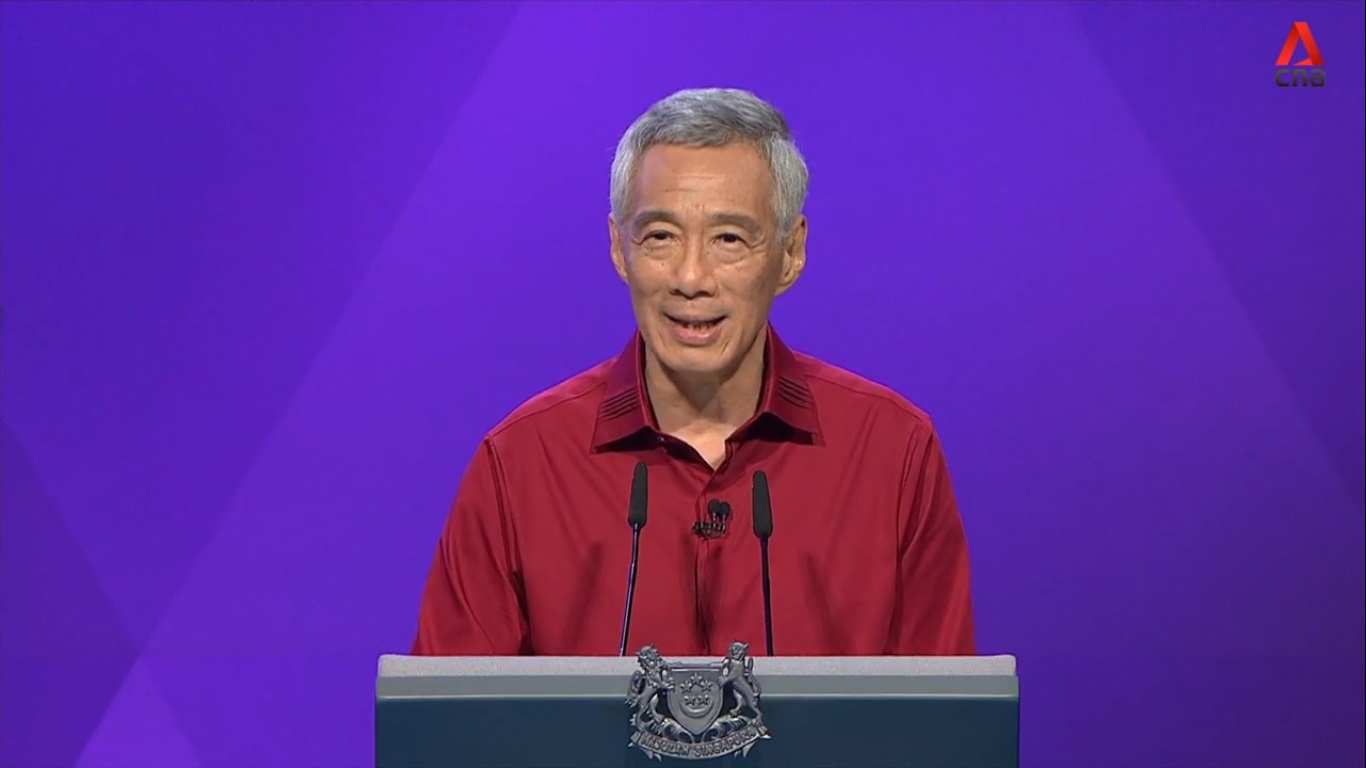Questions are being raised by the Government Parliamentary Committee (GPC) for Health over the fact that 20% of subsidised patients aren’t getting full coverage from MediShield Life.
The compulsory national health insurance was launched in 2015 to help fully cover big medical bills of at least 90% of subsidised patients, or 1 in 10. Unfortunately, the number of subsidised patients with big bills who aren’t fully covered under MediShield Life how now doubled in the last three years, at 20%.
In a letter published on Straits Times by Lim Siok Peng, director of corporate communciations for the Ministry of Health (MOH), it was revealed that at the moment, only 8 in 10 subsidised bills were within the MediShield Life claim limits while 9 in 10 were within $230 of the claim limits.
Based on MOH’s letter, it seems 20% of subsidised patients end up paying for their own medical bills out of pocket. Chairman of the GPC for health, Dr Chia Shi Lu, has asked the MOH for a breakdown of subsidised patients whose bills are not fully covered by the insurance.
He told ST that if the claims limits have been exceeded for more than 10% of the patients, as it appears to be now, then the ‘claims criteria will have to be reviewed’.
He also noted that during the parliamentary debate before the launch of MediShield Life, MOH said that some claim limits were based on data from previous decades. Dr Chia emphasised that ‘this may not be an accurate reflection of needs and costs today’.
He added that questions have already been filed pertaining to the adequacy of the national health insurance for the Parliament sitting on Monday.
MOH has set claims limits for over 2,500 procedures as well as capped the amount that can be taken from MediShield Life and Medisave to pay for treatments. As it stands, more can be withdrawn from Medisave than can be covered by MediShield Life.
In the letter by Ms Lim, she noted that with both schemes working in tandem, about 80% of patients will only have to fork out $100 or less for their subsidised bills.
But that leaves 20% of patients having to cover their own medical expenses. One example is the difficult predicament of 83-year old Mr Seow Ban whose MediShielf Life coverage only paid for $4.50 of his $4,477 subsidised bill from the Singapore National Eye Centre. Apparently, the low coverage was due to the bill exceeding the claims limits by over 50%.
Clearly, there’s a need to revisit the claims limits which were based on now-obsolete data. Another member of the GPC for Health, Ms Joan Pereira, said that the actual percentage of patients receiving full cover could actually be even lower than the expected 80% due to differences in the profile of illnesses now compared to decades ago.
She said, “Hence there should be adjustments to the claim limits to take into account the current profile of illnesses (and average costs in public hospitals) so that more can receive full coverage by MediShield Life.”
Mr Lim said that there is already an ongoing review of claims limits and the consequent impact on premiums but it will only be completed at the end of next year.
This tallies with MOH’s promise that there would be no changes to premiums and benefits for five years after the insurance scheme was launched. At the time, Health Minister Gan Kim Yong described MediShield Life as “a major milestone in reshaping our social policies to provide every Singaporean with lifetime basic protection against medical costs and give him greater peace of mind”.
While overall, at least when it was first launched, MediShield Life seems to have eased the burden of the ageing Singaporean population on paying hefty medical bills, it’s clear that the scheme as it is now is unable to keep up with the rising costs and medical needs of the people.
If something is not done soon, stories like Mr Seow’s will start becoming the norm.








